What Are the Differences:40G QSFP+ Cables: DAC vs AOC?
In the fast-paced world of high-speed networking, choosing the right cable for your 40G infrastructure can make or break performance. Two popular options—Direct Attach Copper (DAC) and Active Optical Cables (AOC)—often spark debate among IT professionals. Let’s break down their differences to help you decide which is best for your needs.

What is a 40G QSFP+ DAC Cable?
A Direct Attach Copper (DAC) cable is a cost-effective, fixed-length solution with copper conductors and QSFP+ connectors on both ends. It’s ideal for short-distance connections, leveraging copper’s natural conductivity for high-speed data transfer.
Types of DAC Cables:
Passive DAC: No signal amplification; supports distances up to 7 meters.
Active DAC: Includes embedded electronics to boost signals, extending reach up to 15 meters.
Pros of DAC:
Low Cost: Copper is cheaper than fiber, making DAC budget-friendly.
Low Latency: Minimal signal delay due to passive design (no electrical-to-optical conversion).
Durability: Sturdy copper construction resists physical wear.
Cons of DAC:
Limited Reach: Not suitable for long distances.
EMI Sensitivity: Copper is prone to electromagnetic interference.
Weight & Bulk: Thicker cables complicate cable management in dense setups.
Best For: Connecting servers and switches within the same rack or adjacent racks.
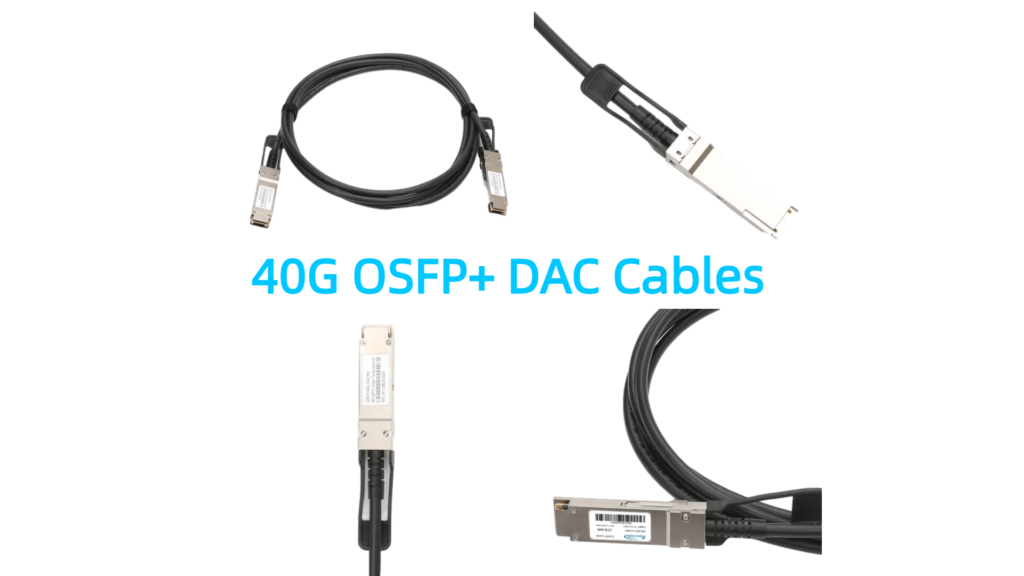
What is a 40G QSFP+ AOC Cable?
An Active Optical Cable (AOC) uses fiber optic strands with integrated optical transceivers, converting electrical signals to light for data transmission. It’s designed for longer distances and environments with high interference.
Key Features of AOC:
Longer Reach: Supports lengths up to 100 meters.
Lightweight Design: Thin, flexible fibers simplify routing in tight spaces.
Immunity to EMI: Fiber optics aren’t affected by electromagnetic noise.
Pros of AOC:
Extended Reach: Perfect for cross-rack or inter-building links.
High Bandwidth: Handles 40G speeds effortlessly over long distances.
Future-Proofing: Aligns with trends toward optical solutions in data centers.
Cons of AOC:
Higher Cost: Fiber technology and active components drive up prices.
Power Consumption: Active electronics consume more energy than passive DAC.
Best For: High-performance computing, data center backbone links, and EMI-heavy environments.
DAC vs AOC: 5 Key Differences
Distance Requirements
DAC: Up to 15 meters (active).
AOC: Up to 100 meters.
Cost Considerations
DAC costs 50-70% less than AOC, ideal for budget-conscious deployments.
Latency & Power
DAC offers lower latency and minimal power use (passive).
AOC adds slight latency due to signal conversion but supports longer runs.
Weight & Flexibility
AOC’s lightweight design eases cable management; DAC’s bulkier cables may require more planning.
EMI Resistance
AOC shines in noisy environments, while DAC may suffer interference.
When to Choose DAC or AOC?
Choose DAC If:
You’re connecting devices within a single rack.
Budget is a priority.
Low latency is critical (e.g., high-frequency trading).
Choose AOC If:
You need links longer than 15 meters.
EMI is a concern (e.g., industrial settings).
Flexibility and future scalability matter.
Conclusion
Both 40G QSFP+ DAC and AOC cables have distinct strengths. DAC excels in cost-sensitive, short-range scenarios, while AOC is the go-to for long-distance, high-reliability needs. Assess your network’s distance, environment, and budget to make the right choice.
By understanding these differences, you can optimize your infrastructure for speed, reliability, and scalability—ensuring your network stays ahead in the 40G era.
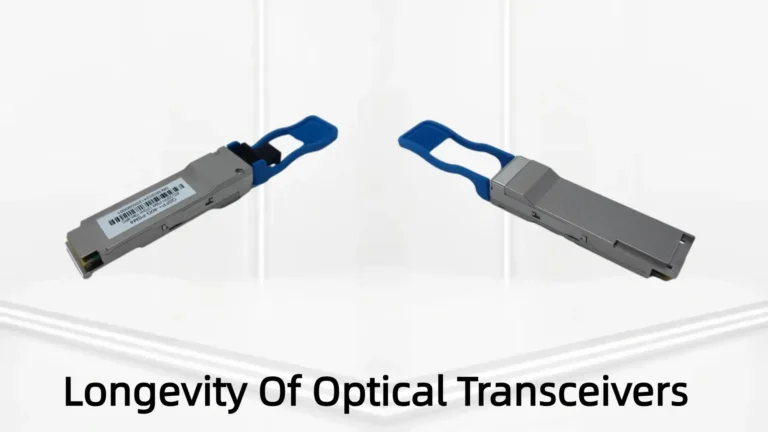
What Is the Lifespan of an Optical Transceiver?
Learn the typical lifespan of optical transceiver modules like SFP+, QSFP+, QSFP28, QSFP-DD, OSFP. Discover factors that affect durability, signs of failure.
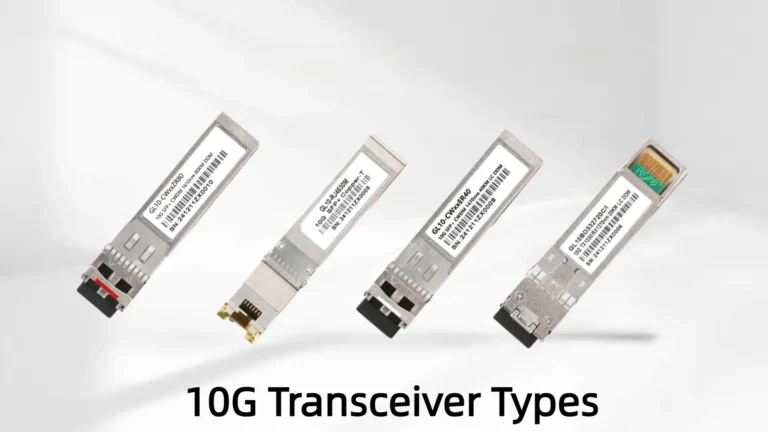
10G Transceivers: Types, Distances & Buying Guide
Learn the real-world differences between 10G transceiver types (SFP+ SR/LR/ER/ZR, copper/DAC/10GBASE-T), distances, use cases and buying tips.
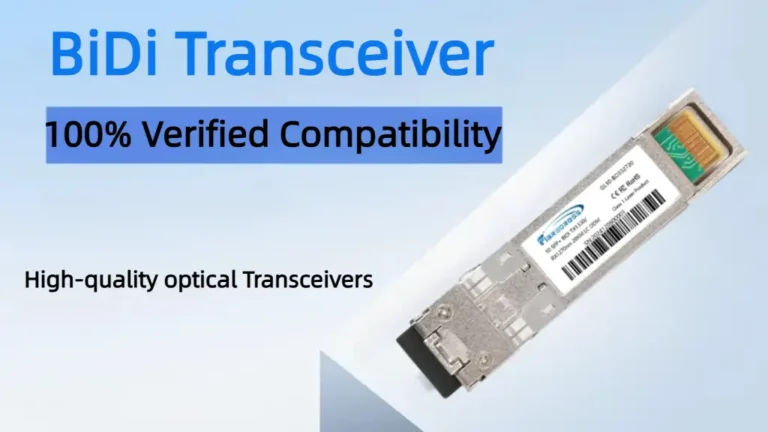
What Is a BiDi Transceiver?
Discover what a BiDi transceiver is, how BiDi optical transceivers work, and why 800G BiDi is shaping the future of data center networking.
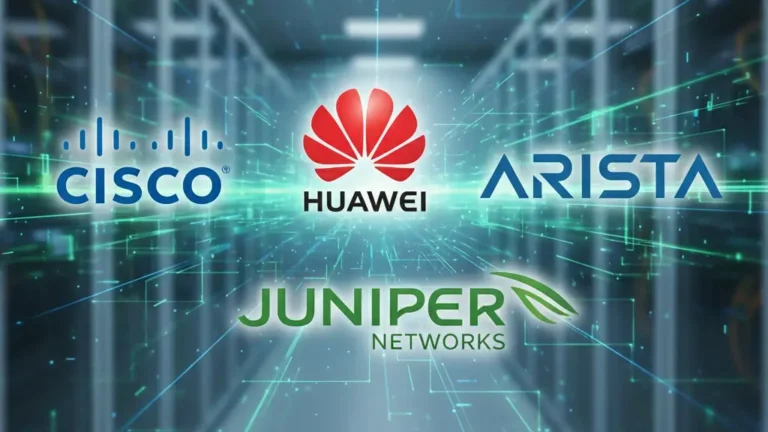
OEM vs. Third-Party Optical Transceivers: Which to Choose?
Make an informed choice between OEM and compatible optical transceivers. Practical guidance for IT managers on reliability, vendor support.
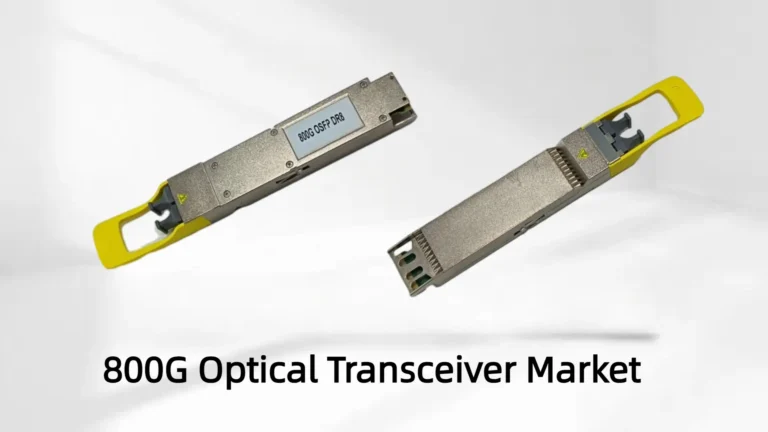
How Big Is the 800G Optical Transceiver Market in 2025?
The 2025 global 800G optical transceiver market size, key growth drivers, top players, and forecasts for this fast-growing multi-billion-dollar industry.
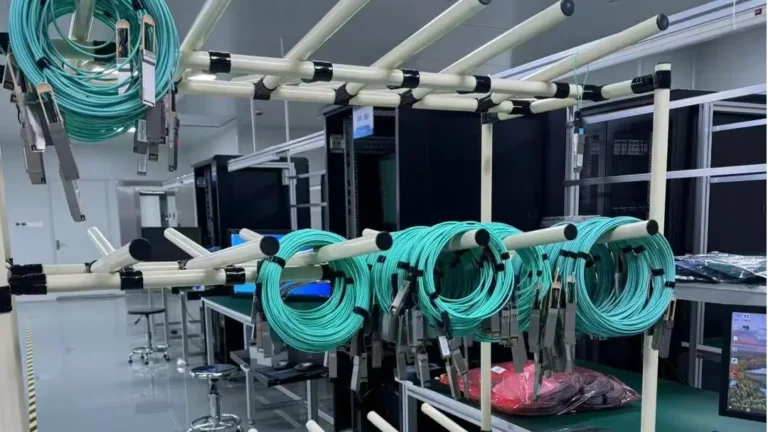
Inside the Structure of Active Optical Cables
Learn what makes active optical cables reliable: transceivers, diagnostics, fiber protection and installation tips. AOC cable overview for engineers.

